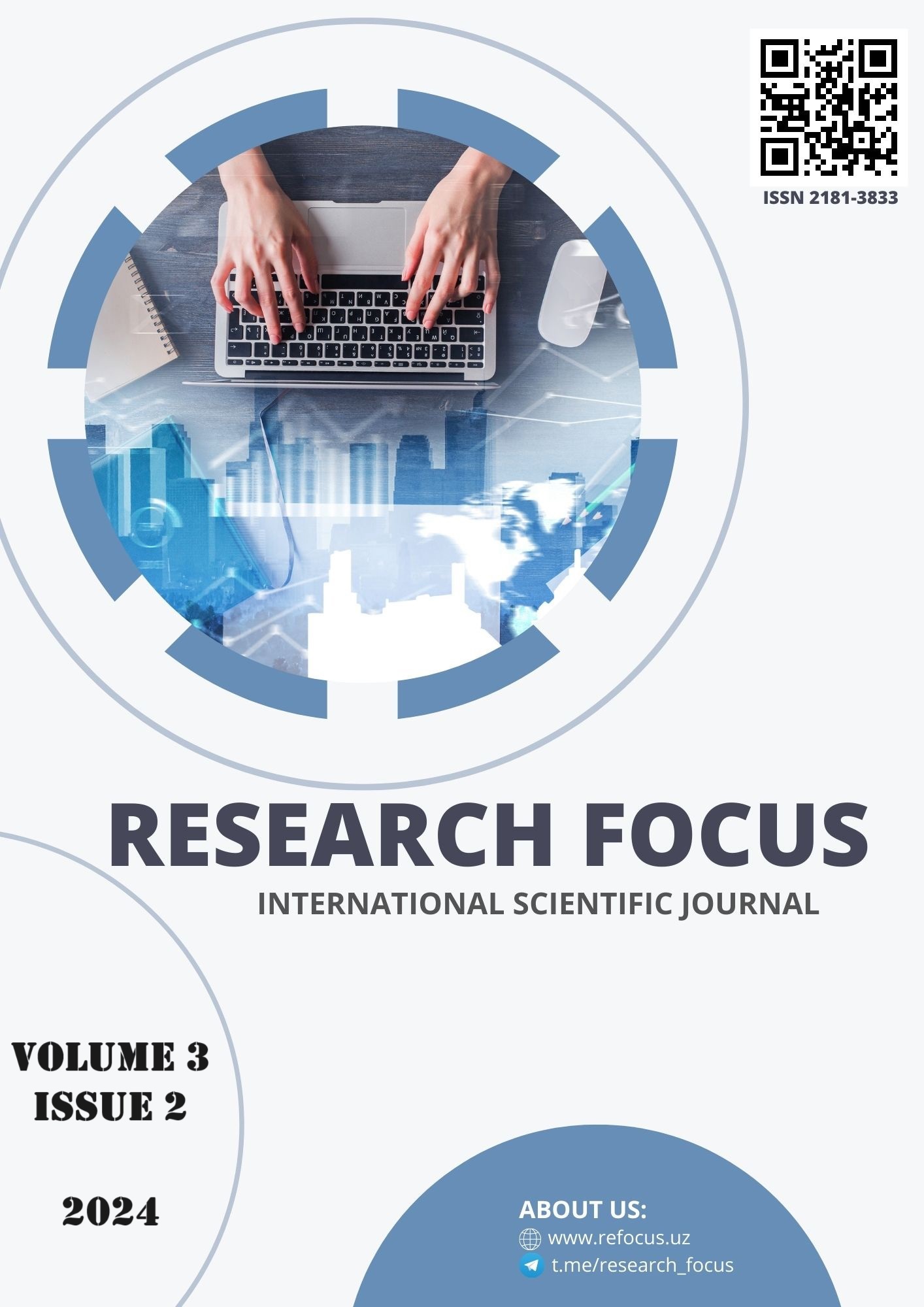STORIES IN TEACHING LANGUAGE
Main Article Content
Abstract
This article explores the efficacy of integrating storytelling into language teaching methodologies. Drawing upon diverse theoretical frameworks, it examines the role of narratives in facilitating language acquisition and cultural understanding. Through a review of existing literature and empirical evidence, the article elucidates the cognitive and socio-cultural benefits of utilizing stories as pedagogical tools. Practical strategies for implementing narrative-based approaches in language classrooms are delineated, catering to various proficiency levels and linguistic contexts. Ultimately, this research underscores the transformative potential of stories in enriching language education paradigms, fostering engagement, and nurturing intercultural competence among learners.
Article Details

This work is licensed under a Creative Commons Attribution 4.0 International License.
References
Cortazzi, M. 1994. Narrative analysis. Language Teacher (27): 157–70.
Zipes, J. 1995. Creative storytelling. New York: Routledge.
Morgan, J., and M. Rinvolucri. 1992. Once upon a time: Using stories in the language classroom. Cambridge: Cambridge University Press.
Brumfit, C. J., and K. Johnson, eds. 1979. The communicative approach to language teaching. Oxford: Oxford University Press.
Ada, A. F. 2004. Authors in the classroom: A transformative education process. Boston: Pearson.
Krashen, S. 1982. Principles and practice in second language acquisition. New York: Prentice-Hall.
Campbell, J. 1987. Primitive mythology: The masks of God. New York: Penguin Books.
M. Mixon and P.Temu. 2006.:First Road to Learning Language through stories. United States and Tanzania: English Teaching Forum., Number 2.

